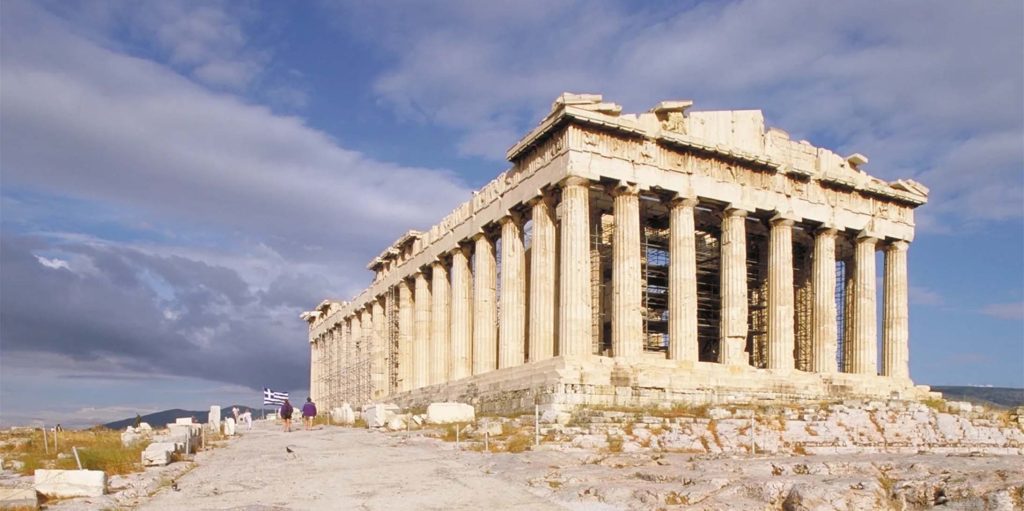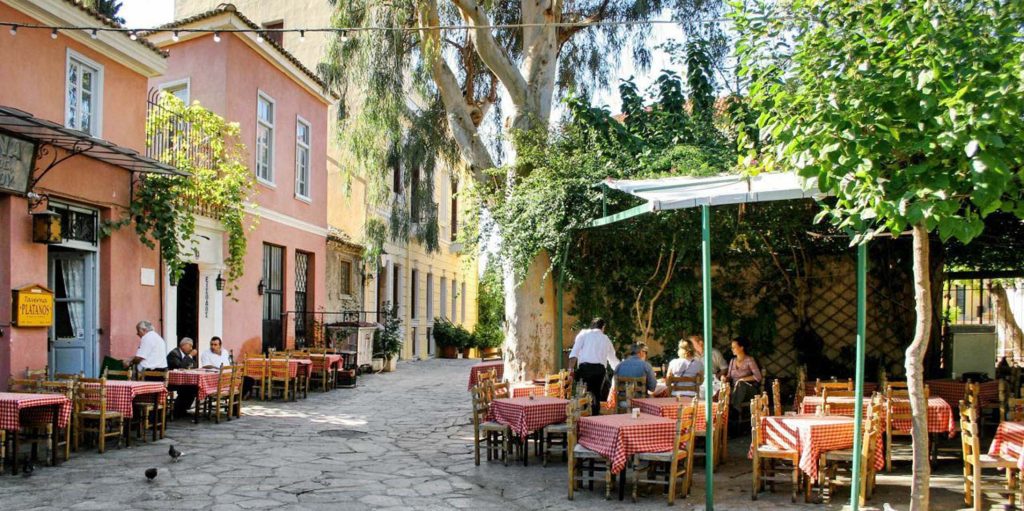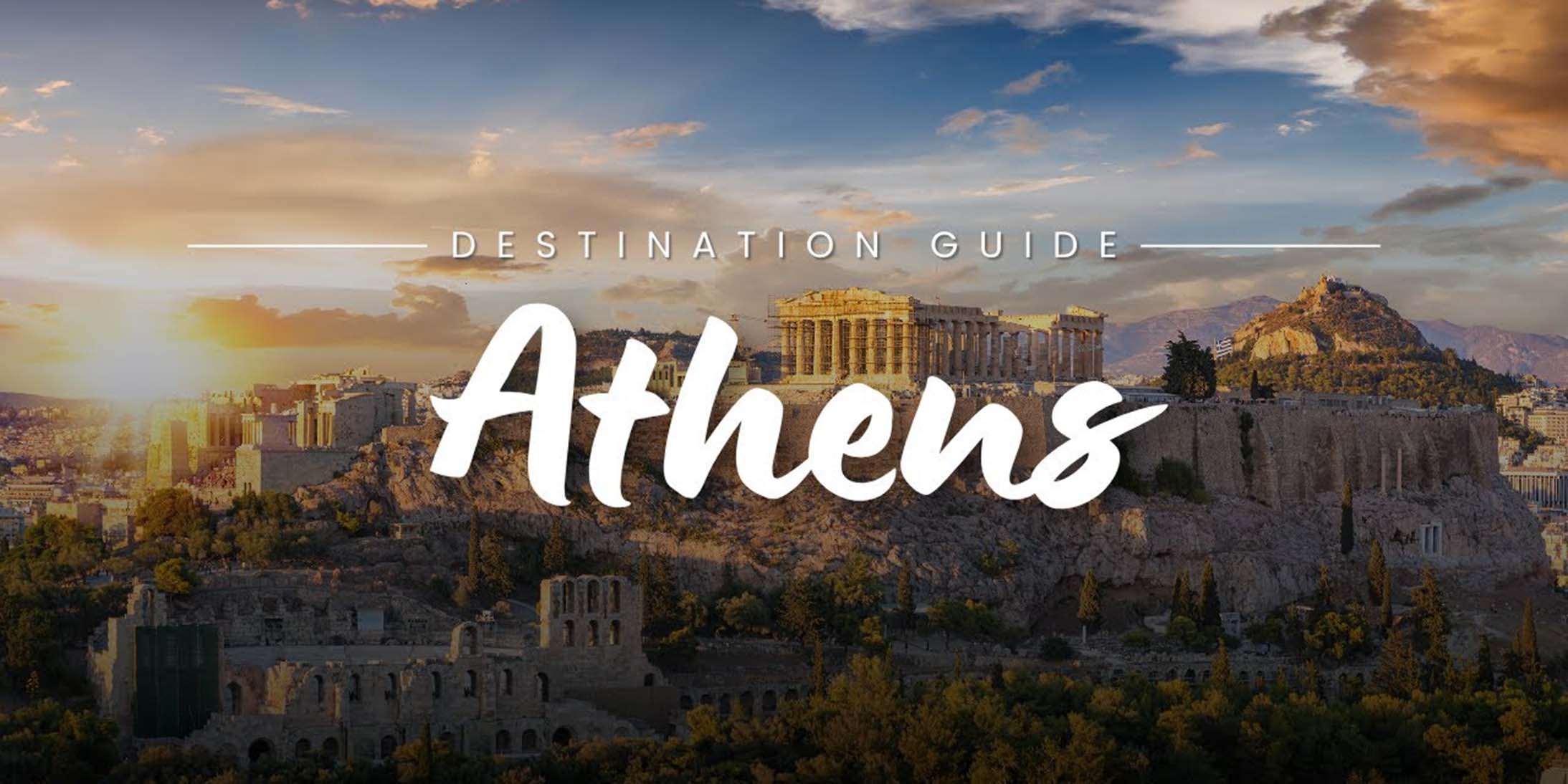Athens, the cradle of Western civilization, is a city that seamlessly blends the ancient with the modern. My recent trip to Athens was an unforgettable experience, full of historical exploration, cultural immersion, and culinary delights.
1. The Acropolis: A Glimpse into Ancient Glory
Location and How to Get There
The Acropolis is situated on a rocky outcrop above Athens, dominating the city’s skyline. It’s centrally located and is a focal point of the city’s historical area. Getting there is straightforward:

- Public Transport: I took the Metro Line 1 to Monastiraki Station and then walked for about 10 minutes. The route is well-signposted, making it easy to find.
- Walking: If you’re staying in the Plaka area, the Acropolis is within a 20-minute walk.
Ticket Information and Discounts
- Standard Ticket: The entry fee for the Acropolis is €20. Tickets can be purchased at the site, but I recommend buying them online through the official website or platforms like GetYourGuide to avoid long queues.
- Discounts: Reduced tickets (€10) are available for EU students and seniors. Free entry is offered on certain days throughout the year.
Personal Experience
Visiting the Acropolis was like stepping back in time. As I ascended the path, the sheer scale and majesty of the site became more apparent. The Parthenon, standing as a symbol of ancient Greece, was awe-inspiring. The intricate details of its columns and friezes speak volumes about the artistry and architectural prowess of the ancient Greeks.
- Parthenon: This temple dedicated to Athena is the highlight of the Acropolis. The restoration work, while ongoing, provides a clear view of its grandeur.
- Erechtheion: Famous for its Caryatids, the columns in the form of women, the Erechtheion offers a fascinating glimpse into ancient Greek religious practices.
- Temple of Athena Nike: A smaller temple with stunning reliefs that celebrate victories in battle.
Tips
- Timing: To avoid crowds, visit early in the morning or late in the afternoon.
- Footwear: Wear comfortable shoes as the terrain can be uneven.
Recommendation: The Acropolis is a must-visit for anyone interested in ancient history and architecture. Its cultural significance and breathtaking views make it an essential part of any Athens itinerary.
2. The National Archaeological Museum: A Treasure Trove of Antiquities
Location and How to Get There
Located in Exarchia, the National Archaeological Museum is about a 15-minute walk from the Omonia Metro Station. Alternatively, take Metro Line 1 to the Omonia stop and then walk.
Ticket Information and Discounts
- Standard Ticket: €12, which grants access to the permanent collection.
- Discounts: Reduced tickets (€6) are available for EU students and seniors. Free entry is offered on certain days.
Personal Experience
The National Archaeological Museum is a haven for history buffs. Walking through its halls, I was struck by the sheer volume and variety of artifacts. From the Mask of Agamemnon to the Antikythera Mechanism, the museum offers a comprehensive overview of ancient Greek civilization.
- Highlights: The museum’s collection includes the stunning bronze statues of Zeus and Poseidon, and the exquisite frescoes from Akrotiri.
- Interactive Displays: Some exhibits feature multimedia presentations, which enhance the understanding of the artifacts.
Tips
- Visit Duration: Allocate at least 2-3 hours to explore the museum thoroughly.
- Guided Tours: Consider joining a guided tour to gain deeper insights into the exhibits.
Recommendation: For a thorough understanding of Greek history and art, the National Archaeological Museum is an essential visit. Its vast collection offers a rich narrative of Greece’s ancient past.
3. Plaka: Athens’ Charming Old Neighborhood
Location and How to Get There
Plaka is situated just below the Acropolis, making it easily accessible on foot. It’s a maze of narrow streets filled with shops, cafes, and traditional Greek architecture.

Ticket Information and Discounts
- No Admission Fee: Plaka is a public area, so wandering through its streets is free.
Personal Experience
Exploring Plaka was like stepping into a different era. The neighborhood’s charm lies in its winding streets, colorful houses, and vibrant atmosphere. I spent hours strolling through the area, discovering quaint shops and enjoying local delicacies.
- Traditional Shops: Plaka is home to numerous shops selling handcrafted souvenirs, jewelry, and antiques.
- Cafes and Taverns: I enjoyed a meal at a local taverna, where I tried classic Greek dishes like moussaka and souvlaki. The atmosphere was lively and authentic.
Tips
- Shopping: Bargaining is common in local shops, so don’t hesitate to negotiate.
- Dining: Try traditional Greek sweets like baklava from local bakeries.
Recommendation: Plaka is perfect for those wanting to experience the charm of old Athens. Its picturesque streets and vibrant local culture offer a delightful contrast to the city’s historical sites.
4. The Ancient Agora: The Heart of Classical Athens
Location and How to Get There
The Ancient Agora is located to the northwest of the Acropolis, accessible via a short walk from Monastiraki Metro Station. The site is well-signposted.
Ticket Information and Discounts
- Standard Ticket: €8, which includes entry to the Agora, the Museum of the Ancient Agora, and other nearby sites.
- Discounts: Reduced tickets (€4) are available for EU students and seniors.
Personal Experience
The Ancient Agora was once the center of Athenian public life, and wandering through its ruins provides a sense of the city’s bustling past. The site includes the well-preserved Temple of Hephaestus and the Stoa of Attalos, which now houses a museum.
- Temple of Hephaestus: This temple, dedicated to the god of craftsmanship, is remarkably well-preserved and offers a glimpse into ancient Greek religious architecture.
- Stoa of Attalos: The reconstructed stoa serves as a museum with artifacts and displays about daily life in ancient Athens.
Tips
- Visit Duration: Spend about 1-2 hours exploring the site and museum.
- Combined Tickets: A combined ticket for the Agora and other nearby sites offers better value.
Recommendation: The Ancient Agora provides valuable insights into daily life in ancient Athens. Its historical significance and well-preserved structures make it a fascinating visit.
5. Lycabettus Hill: Panoramic Views of Athens
Location and How to Get There
Lycabettus Hill is located to the east of the city center. The easiest way to reach the summit is by taking the funicular railway from the base of the hill.

Ticket Information and Discounts
- Funicular Ticket: €7 for a round trip. Tickets can be purchased at the base station.
Personal Experience
Riding the funicular to the top of Lycabettus Hill was a highlight of my trip. The panoramic views of Athens from the summit were breathtaking, offering a stunning perspective of the city’s layout and its surrounding landscapes.
- Views: From the top, I could see the Acropolis, the Aegean Sea in the distance, and the sprawling cityscape of Athens.
- Sunset: The hill is an ideal spot for watching the sunset, with a picturesque view as the sun dips below the horizon.
Tips
- Timing: Visit in the late afternoon or early evening for the best sunset views.
- Footwear: Comfortable shoes are recommended for walking around the hilltop.
Recommendation: Lycabettus Hill is a must-visit for panoramic views of Athens. The combination of the funicular ride and the stunning vistas makes it a memorable experience.
6. The Temple of Olympian Zeus: A Monument of Grandeur
Location and How to Get There
The Temple of Olympian Zeus is situated near the city center, close to the National Garden of Athens. It’s a short walk from the Syntagma Metro Station.
Ticket Information and Discounts
- Standard Ticket: €8, which grants access to the Temple of Olympian Zeus and other nearby archaeological sites.
- Discounts: Reduced tickets (€4) are available for EU students and seniors.
Personal Experience
The Temple of Olympian Zeus, although partially ruined, is an impressive sight. The sheer scale of the remaining columns offers a glimpse into the grandeur of ancient Greek architecture.
- Columns: The temple originally had 104 columns, but only 15 remain standing. Each column is intricately carved and remarkably well-preserved.
- Surrounding Area: The site is surrounded by green spaces, making it a pleasant spot to explore and reflect on the temple’s historical significance.
Tips
- Visit Duration: Allocate about 1 hour for a visit to the temple.
- Nearby Attractions: Combine your visit with a stroll through the nearby National Garden or a visit to Hadrian’s Arch.
Recommendation: The Temple of Olympian Zeus offers a striking example of ancient Greek architecture. Its impressive ruins and central location make it a worthwhile addition to your Athens itinerary.
Athens is a city where ancient history and modern vibrancy coexist in harmony. From the awe-inspiring Acropolis to the charming streets of Plaka, each experience offers a unique perspective on this historic city. By exploring these attractions, you’ll gain a deeper understanding of Athens’ rich heritage and enjoy its contemporary delights. Whether you’re marveling at ancient ruins, savoring local cuisine, or simply soaking in the city’s atmosphere, Athens promises a memorable adventure.



